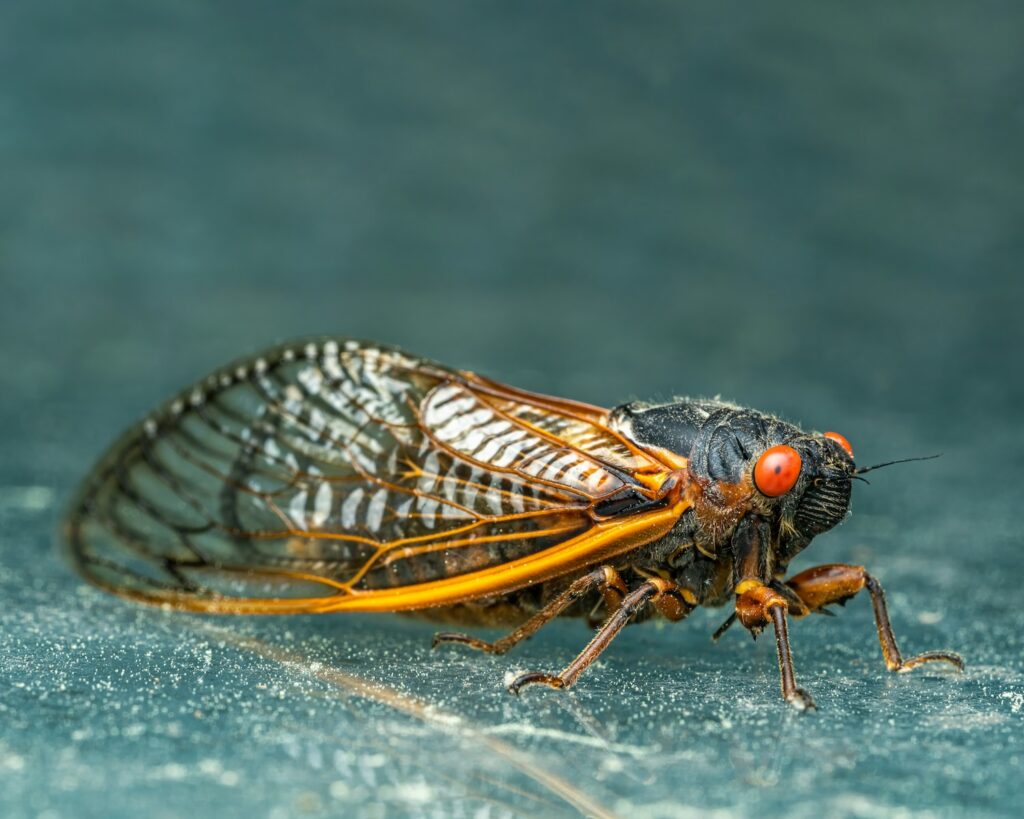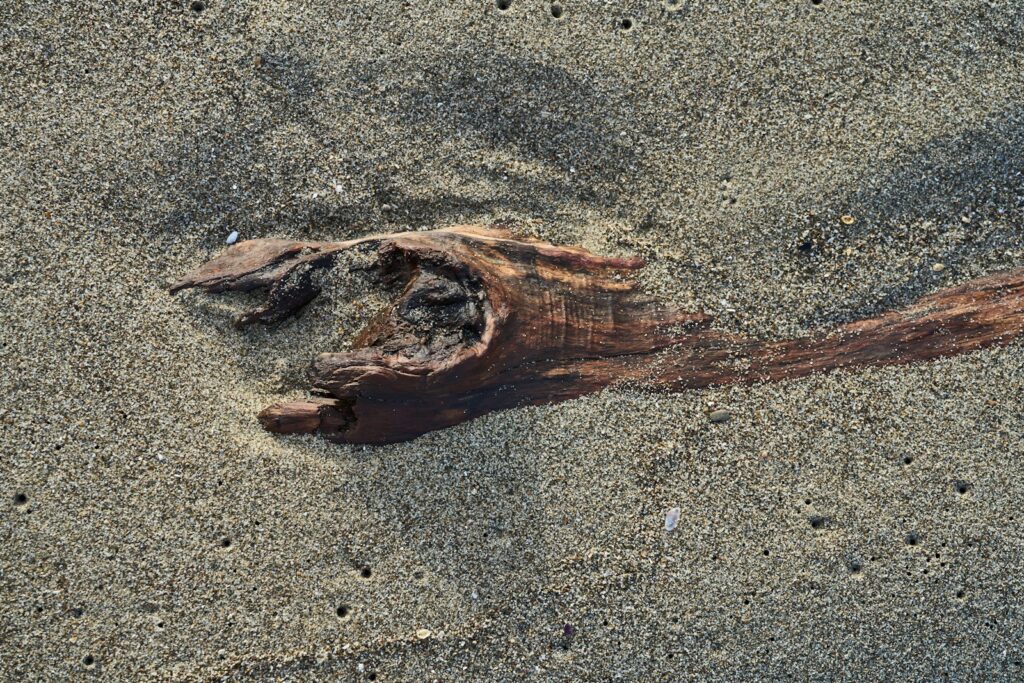When “Jurassic Park” captivated audiences in 1993, the film’s portrayal of Velociraptors as man-sized predators was actually a significant exaggeration of the turkey-sized reality. However, what many moviegoers didn’t realize was that nature had already created an even more terrifying version of these iconic dinosaurs. Enter Utahraptor, a recently discovered dromaeosaurid that exceeded even Hollywood’s imaginative renditions in size and lethality.
Since its discovery in the early 1990s, ongoing research has continuously revised our understanding of this apex predator, revealing a creature more massive, more powerful, and ultimately more intimidating than paleontologists initially believed. This remarkable dinosaur has forced scientists to reconsider what we thought we knew about the evolution and capabilities of dromaeosaurid dinosaurs, making it one of the most significant paleontological discoveries of recent decades.
Discovery of a Super-Predator

The first Utahraptor fossils were unearthed in 1975 in eastern Utah, but the significance of the find wasn’t fully appreciated until the early 1990s. The formal scientific description came in 1993, with paleontologist James Kirkland leading the research team that named the species Utahraptor ostrommaysi. This timing coincidentally aligned with the release of “Jurassic Park,” creating a perfect storm of public interest in large, predatory raptors.
The discovery location in the Cedar Mountain Formation of Utah gave the dinosaur its geographical name, while the species name honors paleontologist John Ostrom, whose work revolutionized our understanding of the relationship between dinosaurs and birds, and Chris Mays, who supported the excavation financially. What made this discovery particularly groundbreaking was that it represented not just a new species, but the largest member of the dromaeosaurid family ever found—a true game-changer in dinosaur paleontology.
Size and Scale: A True Prehistoric Monster
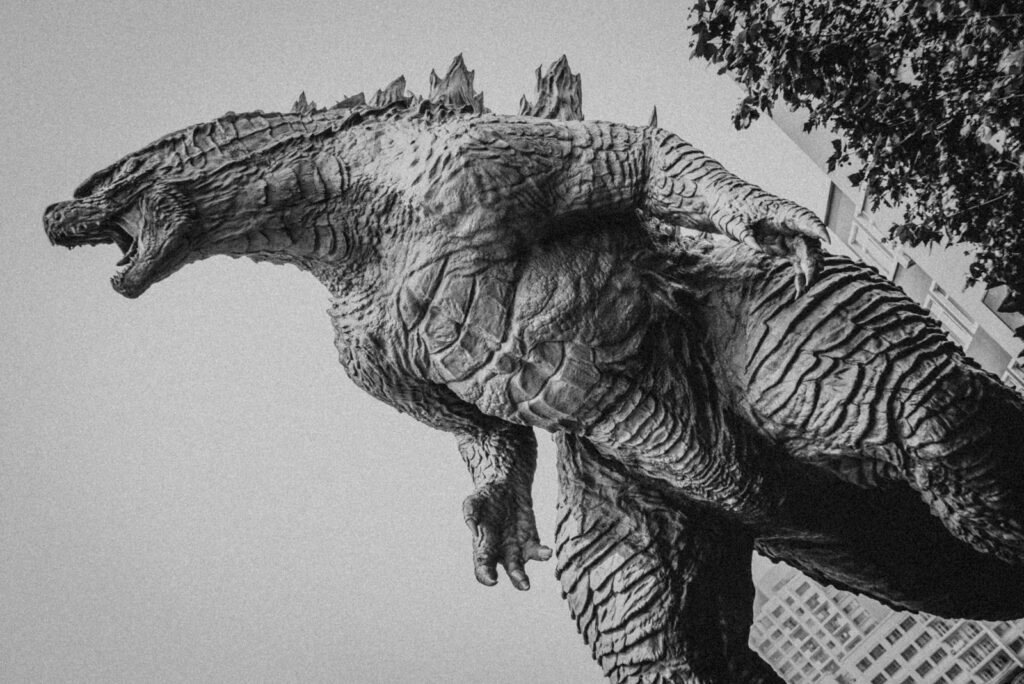
Initial estimates of Utahraptor’s dimensions were impressive enough, but newer fossil evidence has painted an even more intimidating picture of this prehistoric predator. Modern estimates place adult Utahraptors at approximately 18 to 20 feet in length—roughly the size of a modern-day orca—with a weight of up to 1,500 pounds. This makes Utahraptor not just the largest known dromaeosaurid but a genuinely formidable predator even among the diverse ecosystem of the Early Cretaceous period.
Standing approximately 7 feet tall at the hip, Utahraptor would have towered over humans. Its imposing stature represents a significant departure from the typically smaller members of the dromaeosaurid family, such as Velociraptor and Deinonychus, which weighed no more than 150 pounds at their largest. This dramatic size difference suggests Utahraptor occupied a distinct ecological niche from its smaller relatives, potentially targeting much larger prey.
The Killing Claw: Evolution of a Lethal Weapon

The hallmark feature of all dromaeosaurids is their enlarged sickle-shaped claw on the second toe of each foot, and Utahraptor possessed a particularly nightmarish version of this adaptation. Its sickle claw measured an astounding 9 to 10 inches along its outer curve—larger than a grizzly bear’s claw and capable of inflicting devastating wounds.
Recent biomechanical analyses suggest these claws were not primarily used for slashing, as previously thought, but rather for piercing and gripping prey while the dinosaur used its weight to pin down victims. The claw’s structure shows specializations for strength rather than just cutting ability, indicating Utahraptor may have employed a distinct hunting technique from smaller dromaeosaurids.
Additionally, microscopic examination of claw specimens has revealed growth patterns consistent with continuous reinforcement, suggesting these weapons were subjected to extreme stress during the animal’s life—likely from regularly tackling large, struggling prey.
Hunting Capabilities Beyond Previous Assumptions
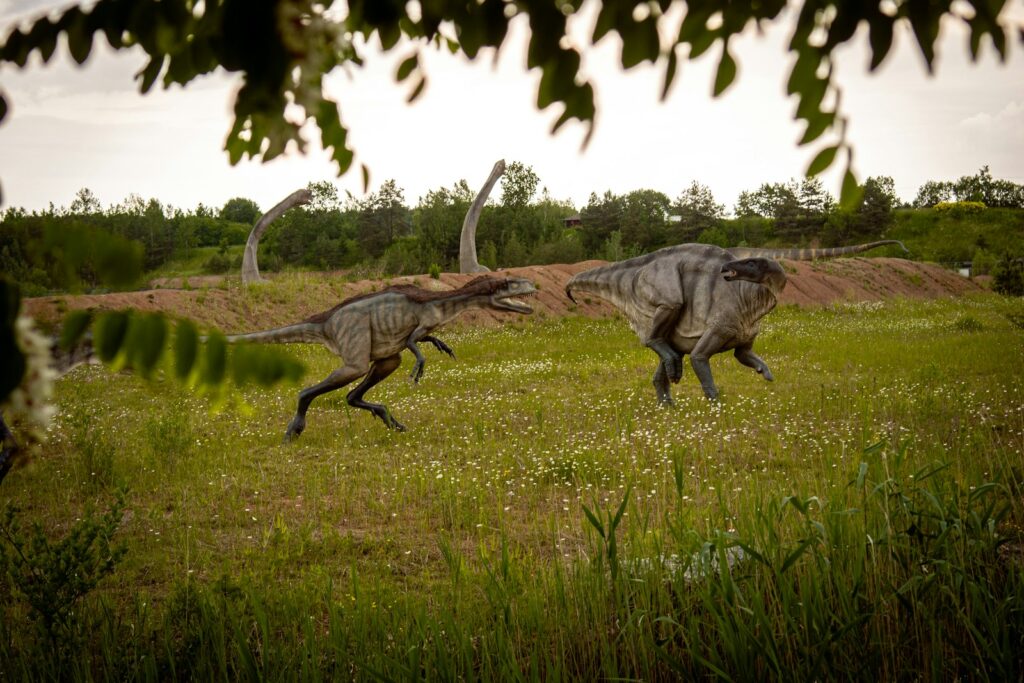
Paleontologists originally assumed Utahraptor hunted in a similar fashion to its smaller cousins, just on larger prey. However, detailed anatomical studies have revealed that Utahraptor’s proportions differed significantly from other dromaeosaurids, suggesting a specialized hunting strategy. Its shorter, more powerful legs indicate it was built more for strength than for the exceptional speed typical of smaller raptors.
The robust bone structure throughout its skeleton points to a dinosaur capable of tackling prey potentially much larger than itself. Computer modeling of Utahraptor’s musculature suggests it had tremendous gripping strength in both its jaws and forelimbs, allowing it to maintain hold of large struggling prey.
Given these adaptations, many paleontologists now believe Utahraptor may have been capable of hunting juvenile or even adult sauropods and large ornithopods, making it one of the most formidable predators of its ecosystem rather than just a specialized hunter of medium-sized prey.
The “Utahraptor Project”: Unlocking New Secrets
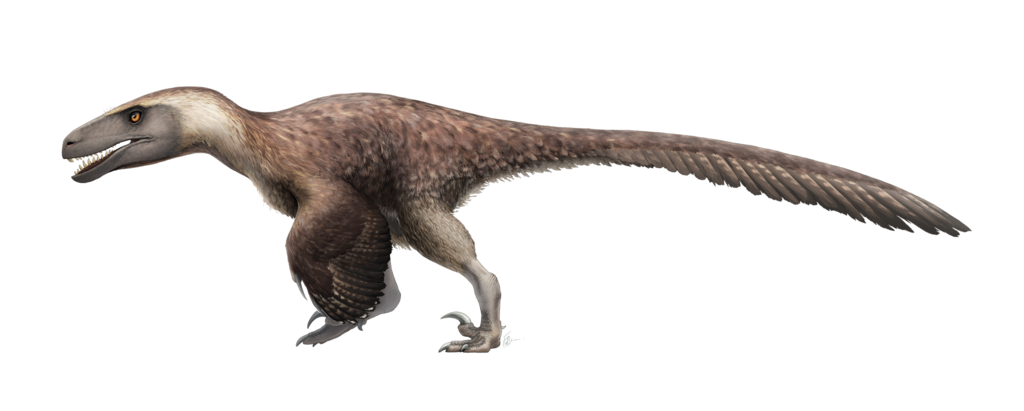
In 2001, an extraordinary find near Moab, Utah, uncovered what appears to be an entire pack of Utahraptors—at least six individuals of varying ages—preserved together in what was once quicksand. This site, now known as the “Utahraptor Project,” has become one of the most significant dinosaur discoveries in North America.
Under the direction of paleontologist Scott Madsen, the painstaking excavation and preparation of this massive block have been ongoing for years, requiring specialized techniques to separate the densely packed fossils from their extremely hard sandstone matrix. The project has already yielded unprecedented insights into Utahraptor’s bone structure, growth patterns, and potential social behavior.
Perhaps most excitingly, this fossil block represents individuals at various life stages, from juvenile to adult, providing the first comprehensive growth series for any large dromaeosaurid. The continuing work on this exceptional find promises to further revise our understanding of Utahraptor in the coming years.
Pack Hunting Behavior: More Sophisticated Than Expected

The discovery of multiple Utahraptor specimens preserved together has provided compelling evidence for social behavior in these fearsome predators. While pack hunting had been hypothesized for other dromaeosaurids based on indirect evidence, the Utahraptor mass mortality site offers the most concrete support yet for this behavior in large raptors.
Analysis of the bone bed suggests these weren’t simply animals that died coincidentally in the same location, but rather a cohesive social group. The varied age range of the specimens—from juveniles to full adults—mirrors the pack structure seen in modern social predators like wolves. This social complexity suggests Utahraptor may have employed coordinated hunting strategies, potentially allowing them to tackle prey much larger than what an individual could handle alone.
Such sophisticated behavior would represent a level of social intelligence previously underestimated in these dinosaurs and would explain how Utahraptor could effectively prey on the massive herbivores that shared its habitat.
Feathers and Appearance: Not Your Typical Movie Monster

Despite popular depictions of raptors as scaly, reptilian creatures, substantial evidence indicates that Utahraptor, like other dromaeosaurids, possessed an extensive covering of feathers. While direct evidence of Utahraptor’s feathers hasn’t been preserved, closely related species have left fossil impressions clearly showing feather structures.
These feathers were not used for flight in large dromaeosaurids but likely served other functions including insulation, display, and possibly brooding of eggs. Reconstructions based on current scientific understanding show Utahraptor with a coat of primitive feathers covering much of its body, with particularly long feathers on the arms, legs, and tail.
The coloration remains speculative, but many paleontologists suggest these dinosaurs may have had camouflage patterns similar to modern predatory birds, potentially with bright display features for social signaling. This feathered appearance, while less conventionally frightening than scaly movie monsters, represents a more scientifically accurate—and arguably more fascinating—vision of this prehistoric predator.
Brain Power: Cognitive Abilities Under Revision

Recent studies of dromaeosaurid brain cases, including fragmentary evidence from Utahraptor, have led paleontologists to reassess the cognitive capabilities of these dinosaurs. CT scans and endocasts of related species suggest dromaeosaurids possessed relatively large brains for dinosaurs, with well-developed regions associated with sensory processing, particularly vision and coordination.
Utahraptor’s brain was likely proportionately smaller than its smaller relatives due to scaling effects, but still showed the enhanced neurological features characteristic of the group. The expanded cerebrum and enlarged optic lobes indicate Utahraptor had excellent vision and spatial awareness—crucial adaptations for a predator.
Additionally, the brain structure supports the hypothesis of complex social behavior, with neural architecture capable of supporting the sophisticated communication necessary for coordinated hunting. These findings suggest Utahraptor possessed cognitive abilities exceeding those typically attributed to dinosaurs, placing their intelligence potentially on par with some modern predatory birds rather than reptiles.
Environmental Context: Ruler of a Changing World

Utahraptor lived during the Early Cretaceous period, approximately 126 million years ago, in an environment undergoing significant ecological transformation. The Cedar Mountain Formation, where its remains have been found, represents a diverse ecosystem of floodplains, rivers, and forests experiencing seasonal fluctuations in rainfall.
During this time, flowering plants were just beginning to diversify, changing the landscape and the plant-eating dinosaurs that Utahraptor would have hunted. The dinosaur shared its habitat with a variety of potential prey species, including the large iguanodontian Iguanodon, the armored ankylosaur Gastonia, and numerous smaller dinosaurs and mammals.
Climate studies of the region suggest Utahraptor lived in a warmer, more humid environment than modern Utah, with distinct wet and dry seasons that would have influenced prey movements and hunting strategies. This ecological context helps explain Utahraptor’s robust build and powerful hunting adaptations, as it needed to be versatile enough to thrive in a dynamic, sometimes challenging environment.
Taxonomic Debates: Reclassifying a Super-Predator

Since its initial description, Utahraptor’s precise placement within dinosaur taxonomy has been subject to ongoing scientific debate. Originally classified simply as a larger member of the Dromaeosauridae family, more recent cladistic analyses suggest it may represent a distinct branch of raptor evolution. Some paleontologists now place Utahraptor in its own subfamily, Utahraptoridae, acknowledging its significant anatomical differences from other dromaeosaurids.
The discovery of additional specimens has revealed features that distinguish it from both the velociraptorine and dromaeosaurine subgroups, including its more robust build and certain skull characteristics. These distinctions may reflect its adaptation to a different ecological niche than other dromaeosaurids, having evolved for taking down much larger prey.
Other scientists argue that despite its size, Utahraptor’s fundamental anatomical features align closely enough with other dromaeosaurines to justify its current classification without creating a separate subfamily. This taxonomic uncertainty highlights how this remarkable dinosaur continues to challenge our understanding of raptor evolution and diversity.
Evolutionary Significance: Changing Our Understanding of Raptor Development
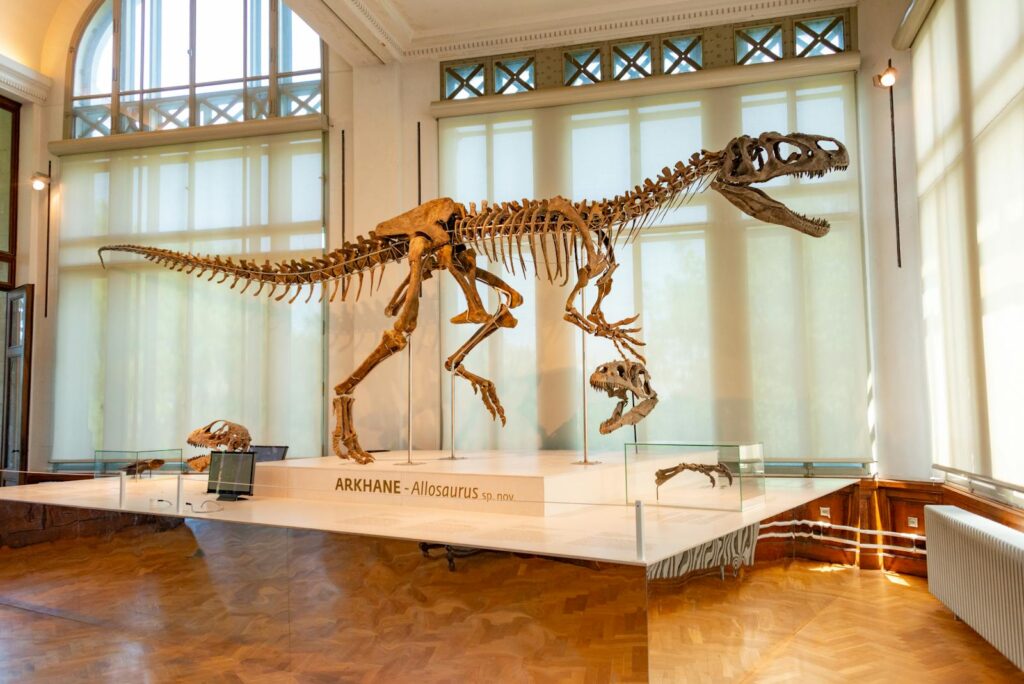
Utahraptor’s discovery has fundamentally altered our understanding of dromaeosaurid evolution. Prior to finding this giant predator, paleontologists had theorized that dromaeosaurids followed a trend of decreasing size over evolutionary time, with earlier forms being larger than later species. Utahraptor, however, reversed this supposed trend, being both one of the earliest and by far the largest dromaeosaurid known.
This finding suggests a more complex evolutionary history for the group, with different lineages experimenting with various size adaptations in response to ecological opportunities. The early appearance of Utahraptor also raises questions about the geographic origin of dromaeosaurids, challenging previous assumptions that the group originated in Asia.
Its presence in North America during the Early Cretaceous suggests either multiple independent origins for dromaeosaurids or more complex migration patterns than previously recognized. Moreover, Utahraptor’s specialized adaptations for tackling large prey indicate that dromaeosaurids were capable of more diverse hunting strategies than earlier models suggested, highlighting their evolutionary versatility as predators.
Cultural Impact: From Science to Popular Imagination

Utahraptor has made a significant impact on both scientific understanding and popular culture since its discovery. Its fortuitous description in 1993, coinciding with the release of “Jurassic Park,” created immediate public interest, with many noting that Spielberg’s oversized “Velociraptors” more closely resembled the newly discovered Utahraptor than actual Velociraptor.
This timing helped propel Utahraptor into public consciousness, making it one of the few recently discovered dinosaurs to achieve widespread recognition. The dinosaur has since appeared in numerous documentaries, books, and games, including prominent features in series like “Walking with Dinosaurs” and the video game “Ark: Survival Evolved.” Within Utah itself, Utahraptor has been embraced as a state symbol, becoming Utah’s official state dinosaur in 2018 after advocacy from elementary school students.
The ongoing Utahraptor Project continues to generate public interest through crowdfunding campaigns and educational outreach, connecting people directly with paleontological discovery. This cultural resonance demonstrates how a single remarkable fossil discovery can bridge the gap between specialized scientific research and public fascination with prehistoric life.
Future Research: What Remains to Be Discovered

Despite the significant advances in our understanding of Utahraptor, numerous questions remain unanswered, driving ongoing and future research efforts. The Utahraptor Project continues to painstakingly prepare specimens from the mass mortality site, with each newly exposed bone potentially offering fresh insights. Paleontologists are particularly eager to complete the analysis of juvenile specimens, which may reveal previously unknown aspects of Utahraptor growth and development.
Questions about the extent and function of feathering remain open for investigation, with researchers hoping to find specimens with preserved feather impressions or follicle patterns that would confirm theoretical reconstructions. The hunting behavior of Utahraptor also remains incompletely understood, with future biomechanical studies planned to test hypotheses about how it deployed its massive sickle claws and powerful jaws in taking down prey.
Additionally, paleontologists continue to search the Cedar Mountain Formation for more Utahraptor specimens that might fill gaps in our understanding of its anatomy, behavior, and evolutionary relationships. Each new discovery has the potential to further revise our understanding of this remarkable predator, ensuring Utahraptor will remain at the forefront of paleontological research for years to come.
Conclusion
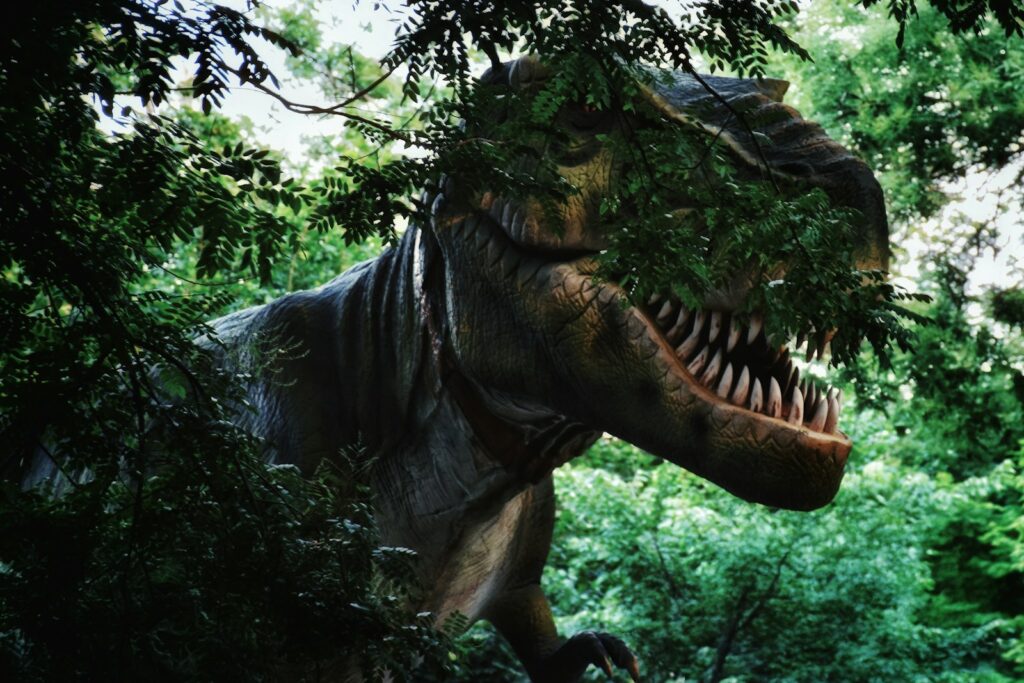
From its exceptional size to its sophisticated hunting abilities, Utahraptor continues to reshape our understanding of what dromaeosaurid dinosaurs were capable of. Far from being simply a scaled-up version of its smaller relatives, this distinctive predator evolved unique adaptations that made it one of the most formidable hunters of its time.
As research continues, particularly through the groundbreaking Utahraptor Project, we can expect our understanding of this remarkable dinosaur to continue evolving—likely revealing a creature even more complex and fascinating than currently recognized. Utahraptor stands as a powerful reminder that even in a field as well-established as dinosaur paleontology, transformative discoveries remain possible, challenging our assumptions and expanding our appreciation for the remarkable diversity of prehistoric life.



